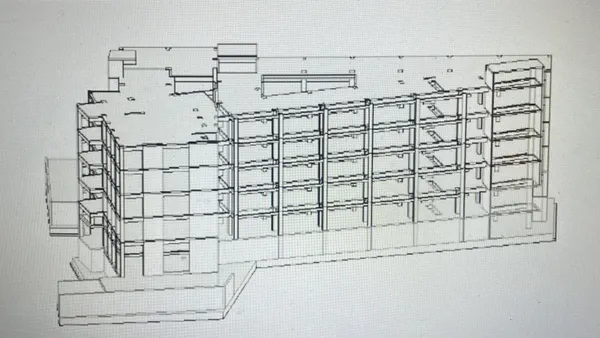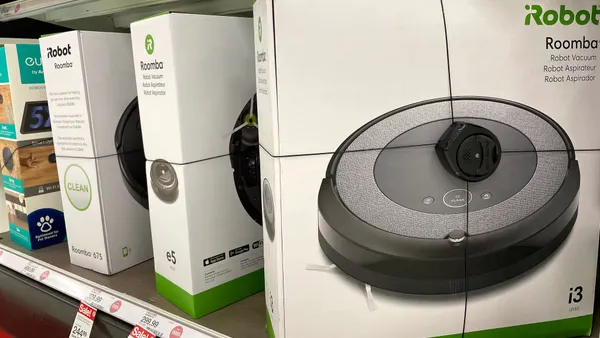The drive for improved building energy efficiency will help push 4% growth in the U.S. HVAC insulation market between now and 2030, to $2.5 billion, according to a summary of a Grand View Research report. Not included, though, is any analysis of how the federal government’s shift away from energy efficiency as a policy goal will affect market demand.
“Stringent building codes and energy efficiency standards [are] driving demand for high-quality insulation products,” says the June 3 report. “Policies promoting energy conservation and greenhouse gas reduction encourage the adoption of advanced HVAC insulation materials. Additionally, fire safety regulations and environmental compliance requirements compel manufacturers to innovate and ensure their products meet rigorous safety and sustainability criteria.”
Sustainability-minded consumers are another driver, according to the report. “Growing awareness about thermal comfort, indoor air quality, and sustainability is encouraging [manufacturers to adopt] advanced insulation materials,” it says.
The industry is benefitting from dollars flowing into infrastructure and other big projects, too. “The retrofit of existing infrastructure and growth in new commercial and residential construction projects also contribute to the expanding market,” the report says.
Manufacturers’ efforts to grab market share through innovation is making the market bigger by giving customers reason to upgrade existing systems. “Technological advancements, including the integration of smart insulation systems and the development of vapor barriers and acoustic insulation, are enhancing product offerings and supporting the market’s steady growth trajectory,” the report says.
These technological advances include the use of bio-based and recycled materials, low-density insulation products like aerogels and vacuum-insulated panels, according to the report.
Growth curbs
The market faces restraints from fluctuating raw material prices, though. Price volatility can increase production costs and impact profit margins, according to the report.
High initial investment costs for advanced insulation technologies may also slow adoption, at least among smaller construction firms or for retrofit projects, the report says.
A skilled labor shortage is impacting the industry, too, because it takes specialized knowledge to install high-tech insulation systems properly and in a way that complies with regulatory standards.
Another constraint could be the federal government’s disengagement from energy efficiency as a goal, but the report leaves that unaddressed. Among other things, the Trump administration’s fiscal year 2026 budget request proposes the elimination of the Energy Star program, which underpins much of the investment in energy-efficient building systems and appliances, and paring back tax credits that encourage companies to invest in energy-efficient systems.
Companies in the HVAC insulation space include Saint-Gobain, Johns Manville, Knauf, Owens Corning, Glassrock Insulation and Armacell.













